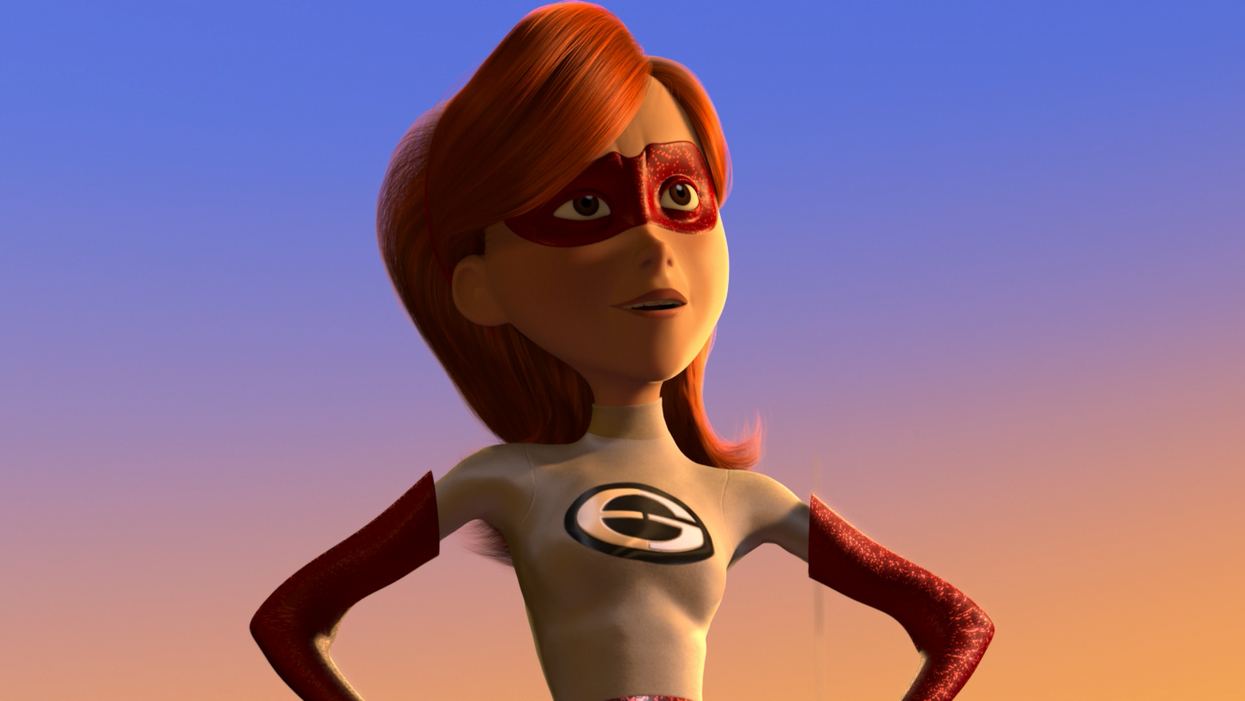Watch: 'The Incredibles' Director Brad Bird Shows Why Animation is So Much More Than Just a Genre
Brad Bird, one of animation's greatest talents, delivers some incredible insight into the art form.

Forget Cinderella, The Jungle Book, and whatever other classic films Disney is determined to ruin with live-action remakes sometime in the upcoming decade. Over the past 20 years, Brad Bird is the man responsible for some of the greatest, most original animated films the medium has ever seen.
Perhaps this is because the acclaimed director/screenwriter/producer has thrown the term "genre" out of his vocabulary when discussing the merits of animation.
"It's not a genre," he chides in a recent essay from Dutch video editor Kees van Dijkhuizen Jr. "It's an art form. It can do any genre."
Bird's ability to discard outdated conventions of classic cartoons while simultaneously updating the art form with more serious tones—and maintaining the charm of what those cartoons once were—is a testament to his genius as a screenwriter.
"There [are] expectations for animation," he explains in the video essay. "Saturday morning they have these very strange shows completely designed around conflict and yet no one ever dies or gets really injured. There's no consequence to it."
Screenwriters and filmmakers alike should be quick to recognize the fundamental problem with this scenario: you transcend an audience's suspension of disbelief. As a result, the tension disappears.

Instead, Bird takes an adult-like approach to his audience, regardless of age. "It's better if kids realize there's a cost," he says. "It’s more dramatic and it's closer to life."
Whether or not the film may be designed for children, Bird shares some keen insight into the type of filmmaking he values. "The filmmakers I most admire recognize the value of teasing," he says. "People are in such a rush to get the action sequence going fast that they forget there's pleasure to be had in the sneaking around part."

This is a philosophy that Bird employs in his own work: he believes that any filmmaker, dabbling in animation or otherwise, should slow down key plot moments. "The kind of filmmaking I most admire," he admits, "takes a moment to savor things."
Finding the beauty within small moments is a wonderful strategy because it always leads back to detail—an important thing for an artist who quite literally draws out every scene.
But for Bird, it's ultimately all about the emotion: "You’re constantly trying to get the audience into the state of feeling—how things feel rather than how they are."
Source: Kees van Dijkhuizen Jr.











